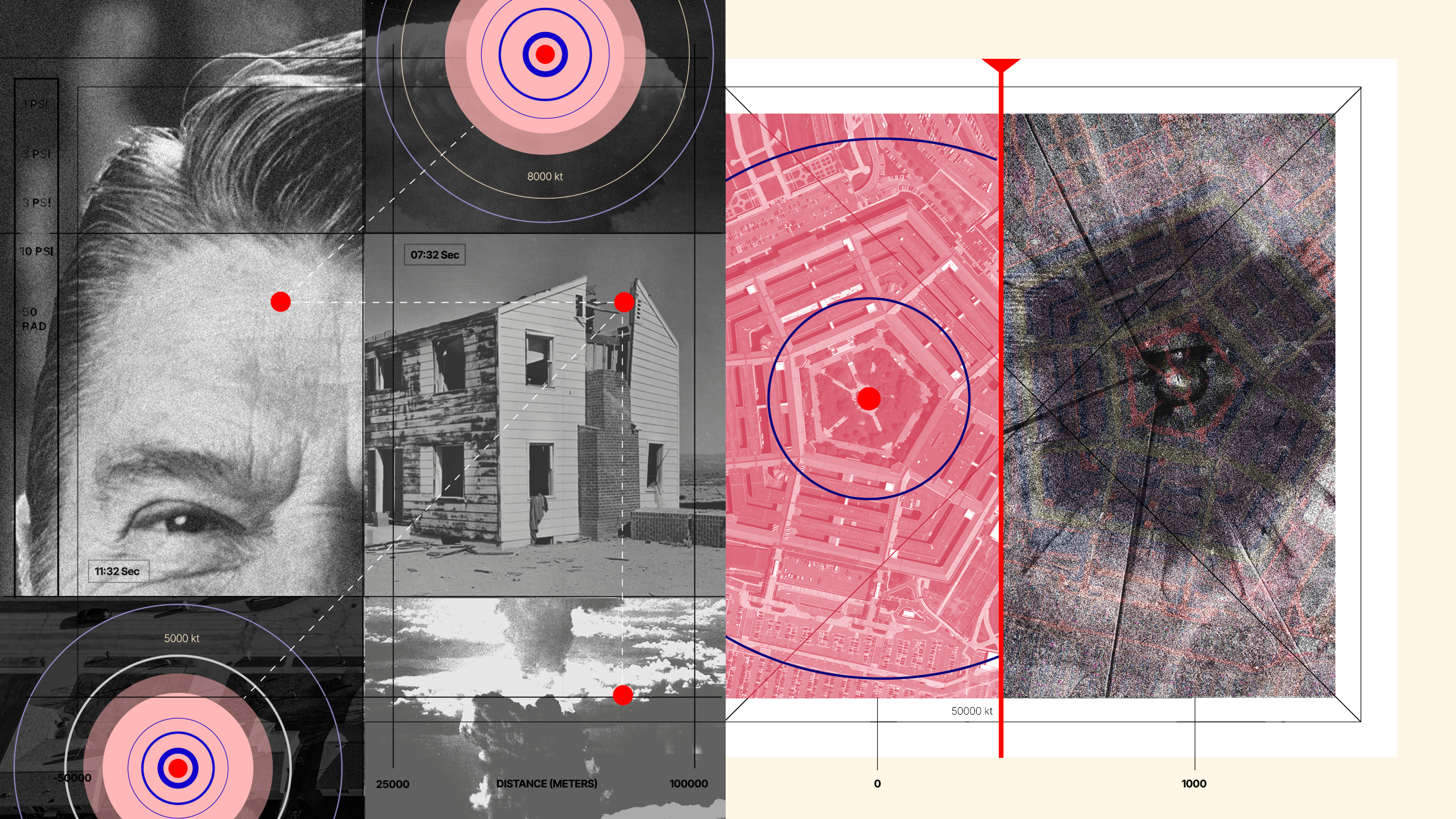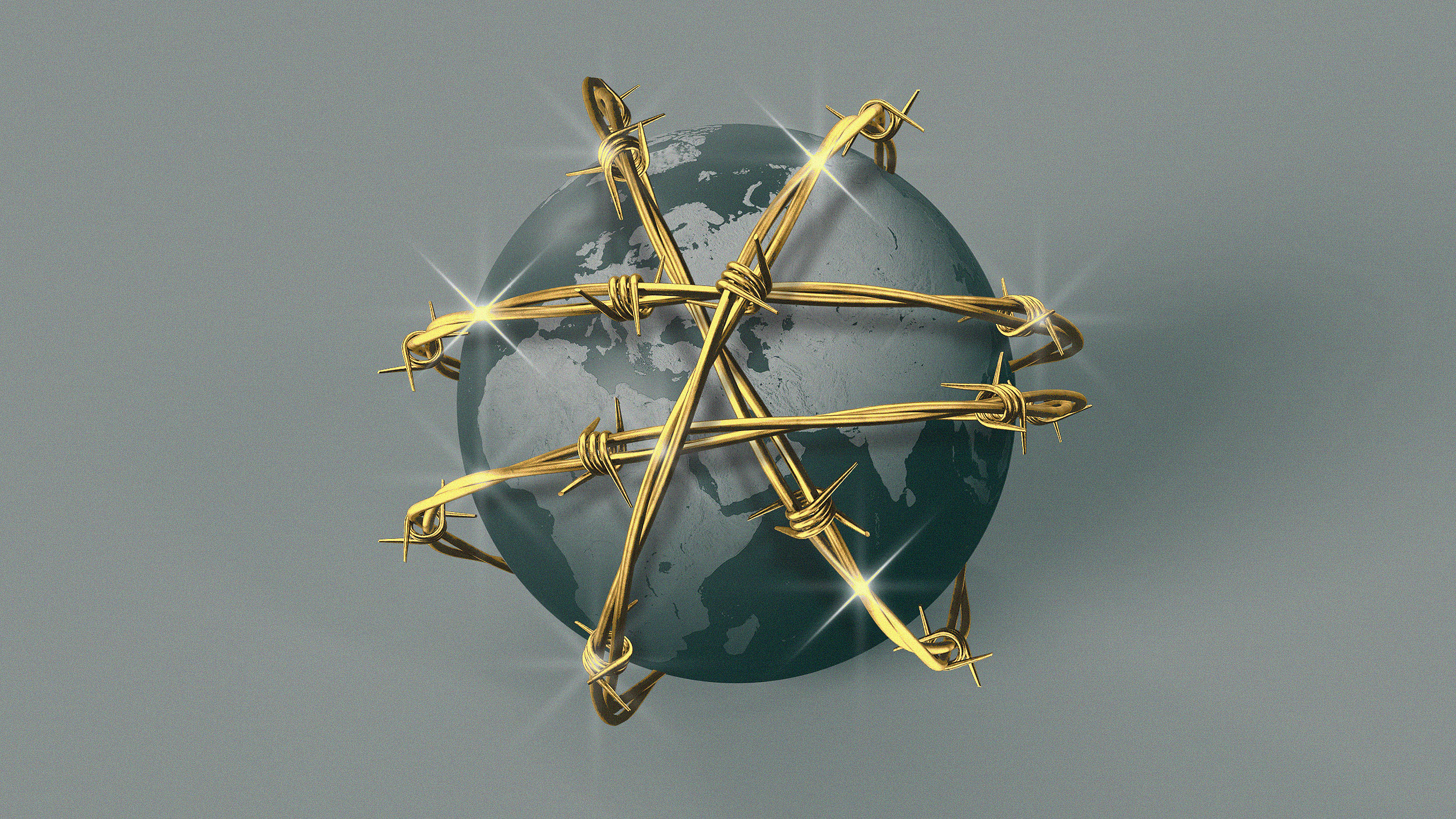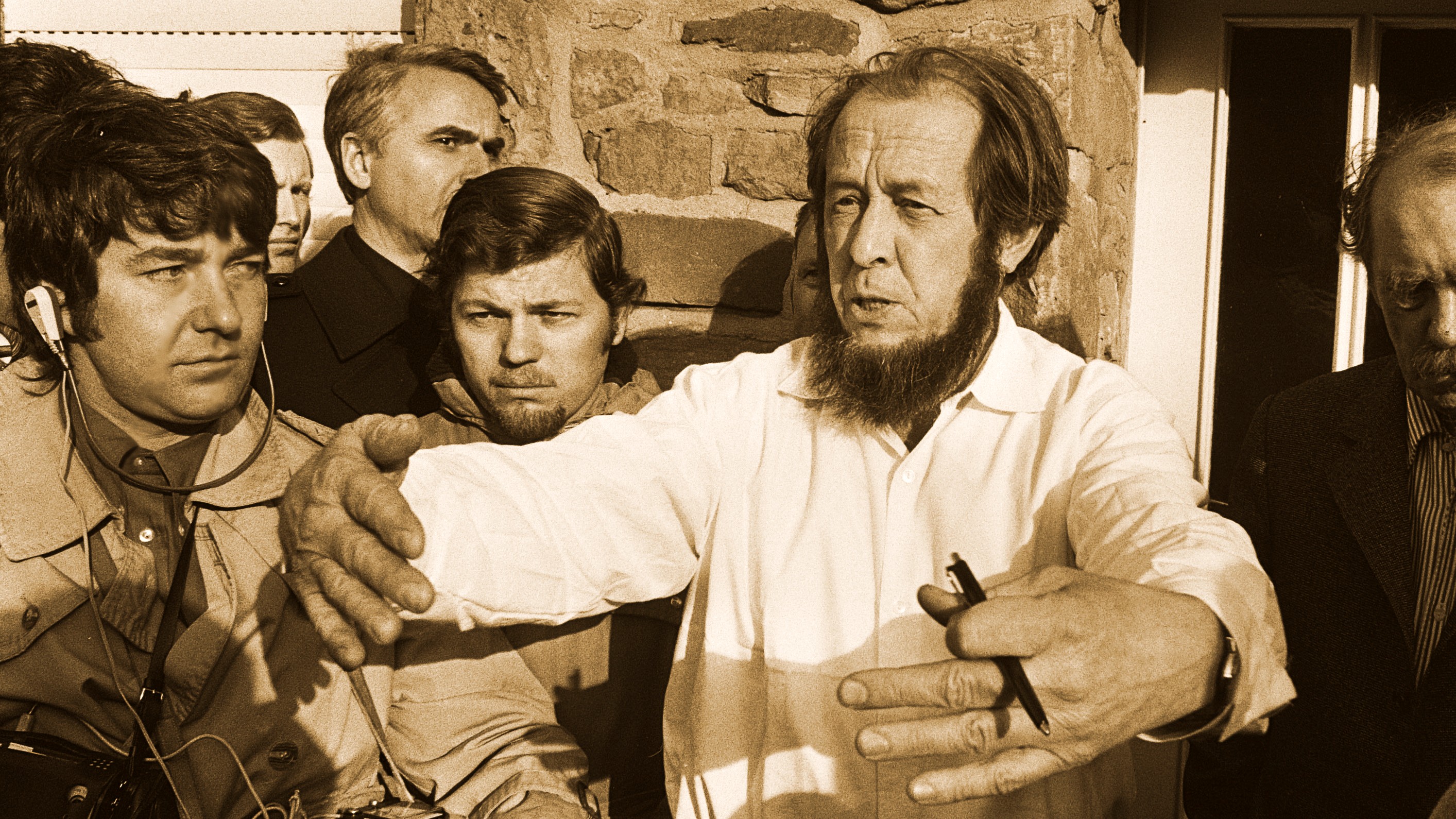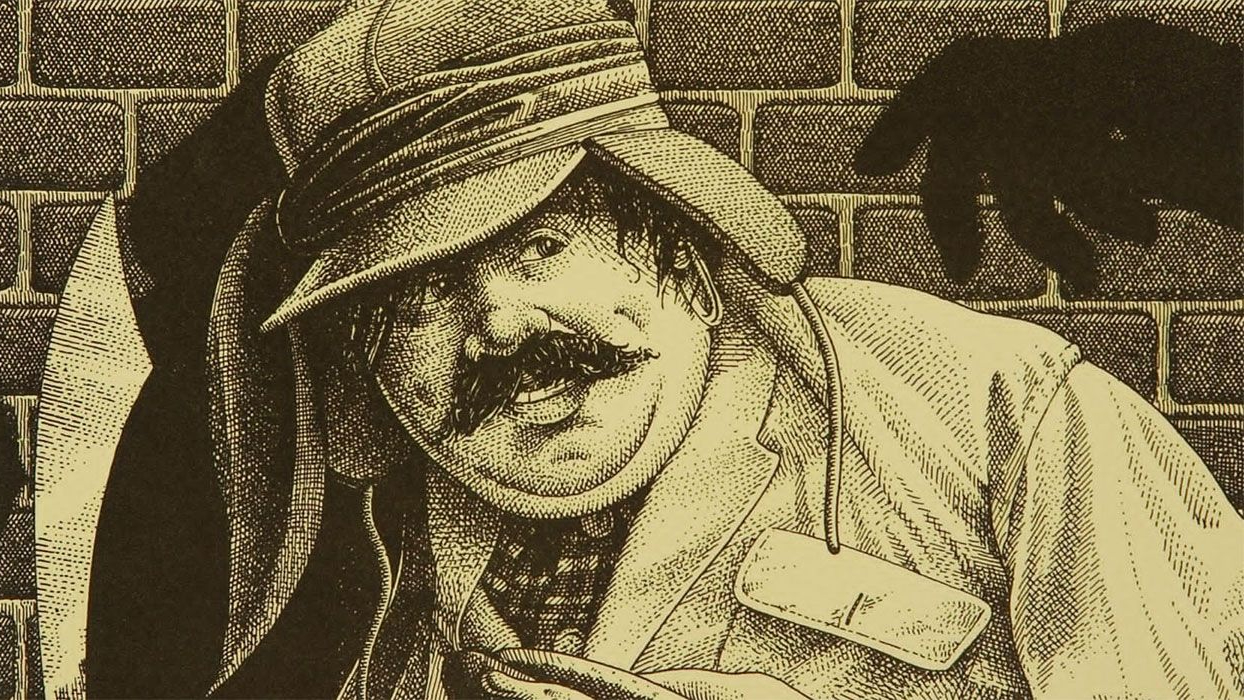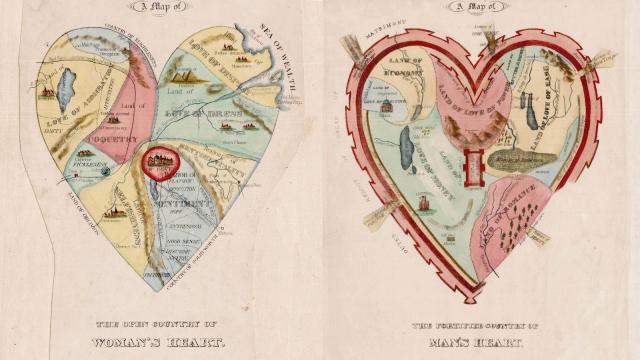Russian cinema: a century of state-approved propaganda
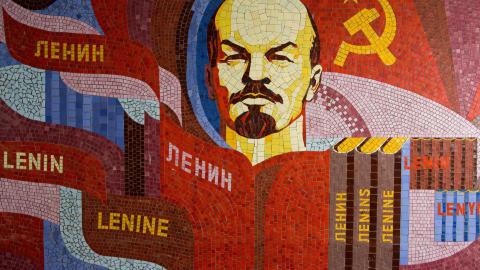
Credit: Soviet Artefacts via Unsplash
- During the Soviet days, movies promoted socialist ideology.
- Today, films serve up cautionary tales about revolution and insurrection.
- However, Russian cinema is more than propaganda; the films are as rich as the country’s history.
In 1930, the renowned Soviet filmmaker Sergei Eisenstein traveled to New York City in the hope of striking a production deal with Paramount Pictures. While executives were impressed with the director’s inventiveness and artistic vision, they worried that the overtly political subject matter of his films would alienate Western audiences.
Their suspicions were confirmed shortly after the meeting when, following a screening of his new film The Old and the New (1929) in the West 42nd Street theater, Eisenstein was criticized by the American press for supporting the collectivization of agriculture back in his home country. This government program, introduced by Joseph Stalin two years earlier, forcibly removed citizens from family farms and reintegrated them into state-run facilities. Those refusing to cooperate with the program were fiercely persecuted, resulting in the deaths of some 13 million people.
Today’s dictators no longer rely on propaganda to shape the future but use it instead to pacify the present.
Despite his support for Stalin’s so-called five-year plan, Eisenstein was not faring much better in Russia. There, his authoritative voice and groundbreaking editing techniques were deemed to be incompatible with Soviet Realism, a government sanctioned art movement concerned with portraying Soviet life through an idealized lens. Though Eisenstein claimed that his auteurist, heavily stylized way of making movies helped him deliver his pro-socialist messages more convincingly and efficiently, his extended stay in western countries to promote his work was slowly starting to hurt his credibility as a communist.
To make things worse, the person whose ideas had served as a major inspiration for The Old and the New, the revolutionary leader Leon Trotsky, had recently been declared a non-person by Stalin after taking over the Soviet Union and exiling his former rival to Mexico City.
The rise of Soviet realism
In order to mitigate the backlash of the film’s domestic release, Eisenstein published a series of essays in which he reassessed the purpose of the cinematic art within the socialist state. This artform, he wrote in one of them, “is responsive to social aims and demands.”
Its primary purpose was not to tell an entertaining story but rather to draw attention to public issues. It was “imperative to raise the village from the slough of ancient custom and bring it into line with the Soviet system as a whole; the peasant must learn the difference between private ownership and collective economy.”
Eisenstein’s rocky relationship with his government reminds us that Russian cinema has long mirrored the convictions of Russian leaders, not only because the Soviet film industry was owned and organized by the Communist Party but also because movies, by definition, are both a reflection of life and a projection of what it ought to be.
When the USSR was young and vulnerable, cinemas reconstructed the struggles that were happening in the streets of Moscow. Eisenstein’s most famous film, Battleship Potemkin (1925), about a group of sailors staging a mutiny against their officers, cast the Tsarist elite as the antagonists. Within the context of the country’s age-old storytelling traditions, the significance of this casting decision cannot be understated; only a few decades prior, princes and princesses served as the brilliant stars of Leo Tolstoy’s novels War and Peace and Anna Karenina.
Nowadays, Battleship Potemkin is studied with the same level of scrutiny as Leni Riefenstahl’s Triumph of the Will. Debating whether the film deserves to be viewed as a historical documentary, British historian Andrew Sinclair said “Eisenstein’s version departs from the facts for the purposes of propaganda and art.”
Kino pravda

If Eisenstein’s epics reinterpreted an authoritarian past, Dziga Vertov’s documentary films shaped a socialist future. Vertov, who began his career as a newsreel editor, saw the camera as a technologically enhanced version of the human eye that can allow us to look at the world from a different, more objective perspective.
“I, the machine,” Vertov wrote in his artistic manifesto, “show you a world only I can see (…) In revealing the machine’s soul, in causing the worker to love his workbench, the peasant his tractor, the engineer his engine, we introduce creative joy into all mechanical labor, we bring people into closer kinship with machines.”
Like any newly formed nation, the Soviet Union spent its first years in a frantic search for its own identity. At the beginning, emboldened by the as yet clean slate on which they would write their history, Russian statesmen expressed an overwhelming trust in the ability of modern technology to create a better world. Vertov’s Man with a Movie Camera (1929) channels this optimism like few films do. Meticulously captured shots, edited by Vertov at the speed of light, present the rapidly expanding cityscape of Moscow as a complex but harmonious network of man and machine. Tramlines sprout through the metropolis like arteries, with each car arriving at its designated time. Most enchanting of all are the sequences that take place inside the factories, showing workers timing their own actions to the movements of the equipment they operate.
Vertov’s films were as revolutionary as they were experimental. As critic Noel Murray put it inThe Dissolve, Vertov argued “the culture of the Soviet Union should be as cutting-edge as its political and economic systems, which to him meant pioneering new modes of expression that weren’t beholden to conventional storytelling.”
Khrushchev’s thaw
When Nikita Khrushchev succeeded Stalin as leader of the Soviet Union in 1956, he promised to show “greater tolerance, greater loyalty,” and “greater kindness” than his predecessor had. Although the speech was delivered to the Party Congress in secret, its iconoclastic contents inevitably found their way into the public sphere.
Under Stalin, screenwriters had been required to submit their work to government censors, ensuring that their stories did not contradict or ridicule the state. When the censorship of films and books relaxed, artists became able to question the country’s historical narratives without fearing for their careers (or worse, their lives).
[Filmmakers] still require the approval of the Culture Ministry in order to obtain the necessary licenses to screen a finished picture in front of living, breathing audiences.
Two of the most famous pictures released during the so-called Thaw period, Mikhail Kalatozov’s The Cranes are Flying (1957) and Andrei Tarkovsky’s Ivan’s Childhood (1962), paint the Second World War — which Stalin’s journalists had renamed The Great Patriotic War — as a senseless massacre of youthful innocence. Their approach clashed violently with productions from the pre-war period like 1941’s Girlfriends on the Front which, centered on a tight-knit group of schoolgirls fighting against Finland, depicted the battlefield not as a place where Soviet youngsters come to die a meaningless death but prove their worth by defending kin and country.
Writing forCriterion, Dina Iordanova, who is director of the Institute for Global Cinema and Creative Cultures at St. Andrews, said this new wave of cinema exchanged the “glorious Homo sovieticus fighting the Nazis under Stalin’s bright guidance” for “the individual ordeals and suffering of those whose lives are irretrievably crippled by war.”
Censorship in Putin’s Russia
While the filmmakers living and working in Vladimir Putin’s modern-day Russia are no longer obligated to present their work to government censors, they still require the approval of the Culture Ministry in order to obtain the necessary licenses to screen a finished picture in front of living, breathing audiences.
Foreign films like Armando Iannucci’s biting satire, The Death of Stalin (2017) and Rocketman (2019), a biopic about homosexual singer-songwriter Elton John, were famously banned or edited, either because they made a mockery of the Soviet state or because they contradicted the state’s animosity toward the LGBT community.
Russian productions face even greater scrutiny. As recently as 2013, the Ministry banned a documentary about the controversial persecution of Pussy Riot, a feminist punk rock band and activist group, on grounds that the picture, in the words of one government spokesperson, did not “improve the state of the world.” Once the members of Pussy Riot had been imprisoned for hooliganism, the Ministry decided to contribute over 50 million rubles to the budget of Battalion (2015), a bombastic war film that, thanks to a nationwide release and prolific marketing campaign, became a frontrunner at Russia’s Oscars, the Golden Eagle Awards.
If the Putin regime condones a particular movie’s message, it can assist in other ways as well. After the state bought back a collection of Soviet tanks from Laos in 2019, it donated some of them to the filming of T-34 (2019), an action-packed blowout that glorifies the Red Army’s victory against the Nazis.
A new history curriculum
Traces of the Ministry’s political agenda can also be viewed on TV. In 2017, distributor Channel One teamed up with production company Sreda to make a miniseries about the life and death of the aforementioned Trotsky. Though the eponymous show can go toe to toe with Game of Thrones, its political undertones are difficult to ignore.
On the one hand, Trotsky’s character is presented as a revolutionary rock and roll star. Typically dressed in a black leather military uniform, he crushes rivals and seduces women. Yet Trotsky is also revealed to be vain. Driven by the desire to leave behind a legacy, he treats others as a means to an end and readily murders millions. The writers’ decision to demonize Trotsky — not to mention explain his lust for power as a byproduct of the discrimination he faced as a Jewish citizen — did not sit well with foreign viewers, who recognized in this plot point a xenophobic sentiment that defines modern-day Russia just as it did a century ago.
Trotsky the character dies like Trotsky the person, bludgeoned to death by a Stalinist spy. In the final scene of the show, director Alexander Kott shows the spirit of Trotsky being trampled by the same train with which he led the Bolsheviks to victory during the Russian Civil War. While this symbolism needs little in the way of further explanation, Kott finishes on an epigraph pulled from the Book of Proverbs. “The way of the wicked is as darkness,” the screen reads as it fades to black and the end credits start to appear. “They know not at which they stumble.”
Neatly in line with the new history curriculum the Kremlin designed for Russian school systems, Trotsky celebrates the USSR’s road to becoming an international superpower while simultaneously presenting revolution itself as a futile, misguided, and above all self-destructive enterprise.
Understanding Russian cinema
Modern productions like Trotsky must carefully navigate the country’s complex past — and in an age in which doing so becomes trickier with each passing day. As war films continue to lionize the campaigns of rank-and-file soldiers during the Great Patriotic War, political dramas vilify the communist politicians that ordered them around. Together, they make for a strategy that allows the Kremlin to have its cake and eat it, too. As historian Holly Case argues in her book, The Age of Questions, an excerpt of which appeared in Aeon magazine, today’s dictators no longer rely on propaganda to shape the future but use it instead to pacify the present.
Whereas early Soviet films heralded the inevitability of communism and its inherent superiority to the capitalist and fascist ideologies that dominated the rest of the world, Putin’s goal is much more subtle: by inspiring national pride and warning against the dangers of revolt, he is coaxing his constituents and institutions to resist change.
It is important to note that Russian cinema cannot be reduced to a mouthpiece for political propaganda. Rather, Russian cinema is as complicated and fascinating as Russian history itself.

